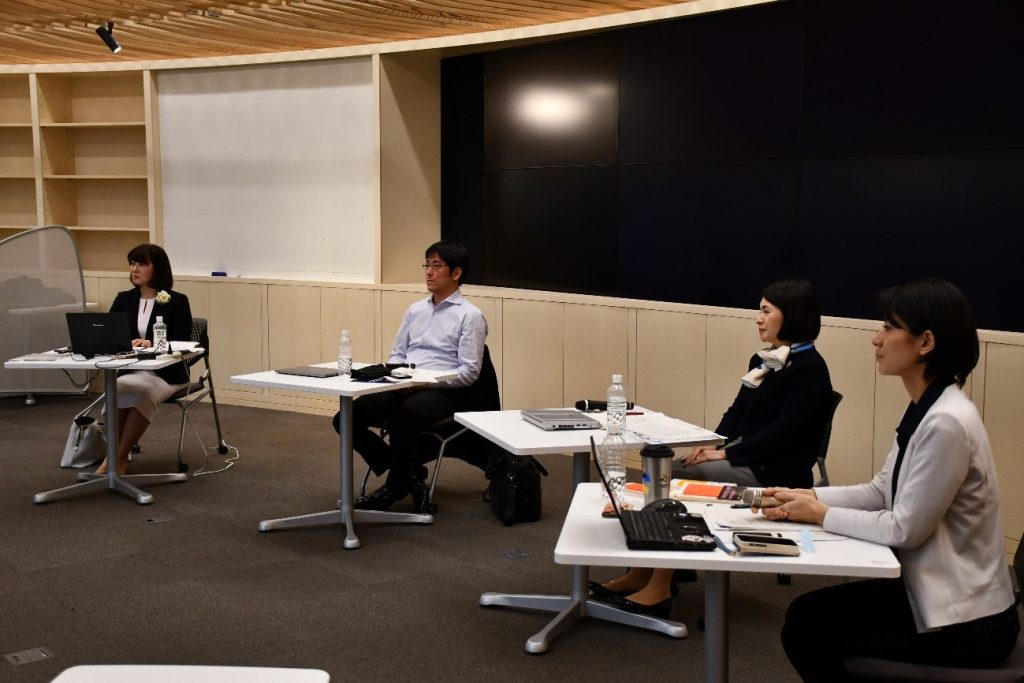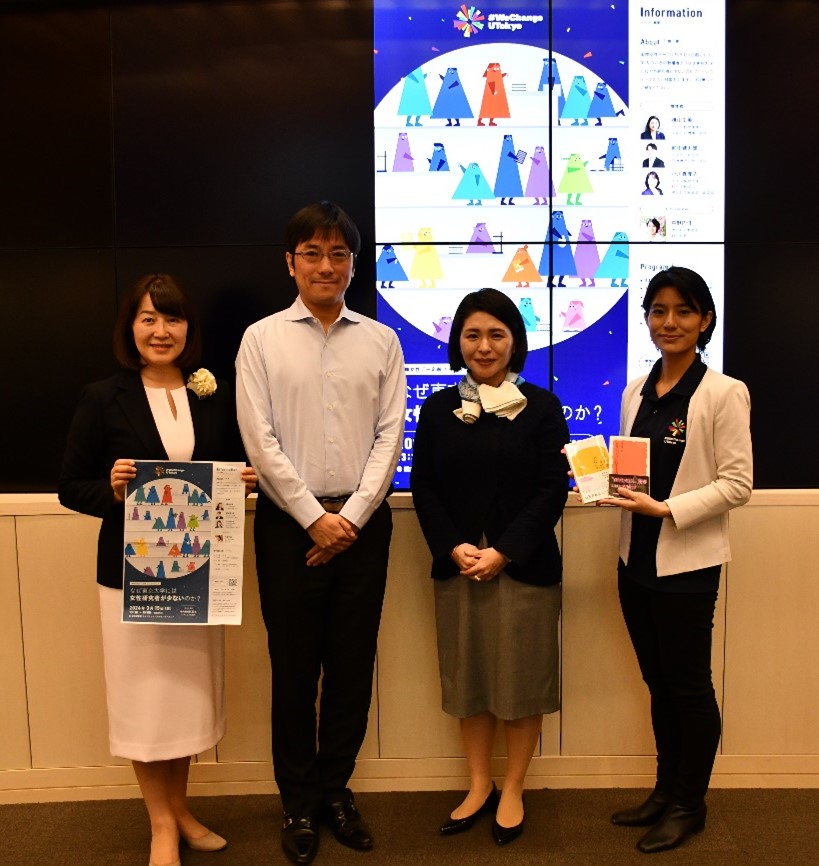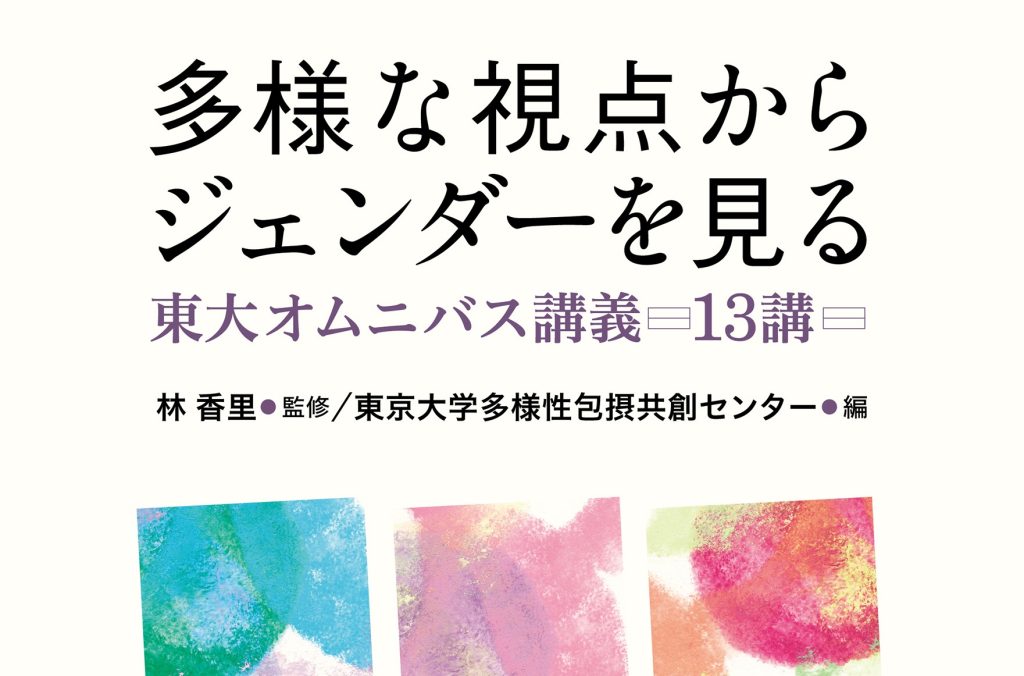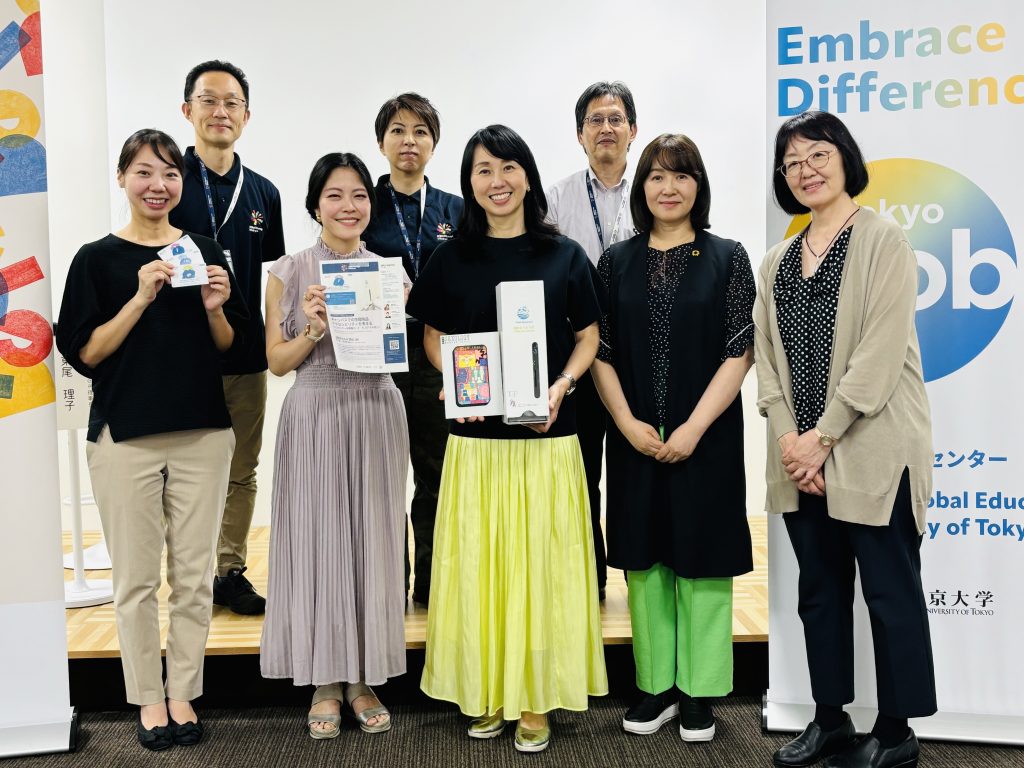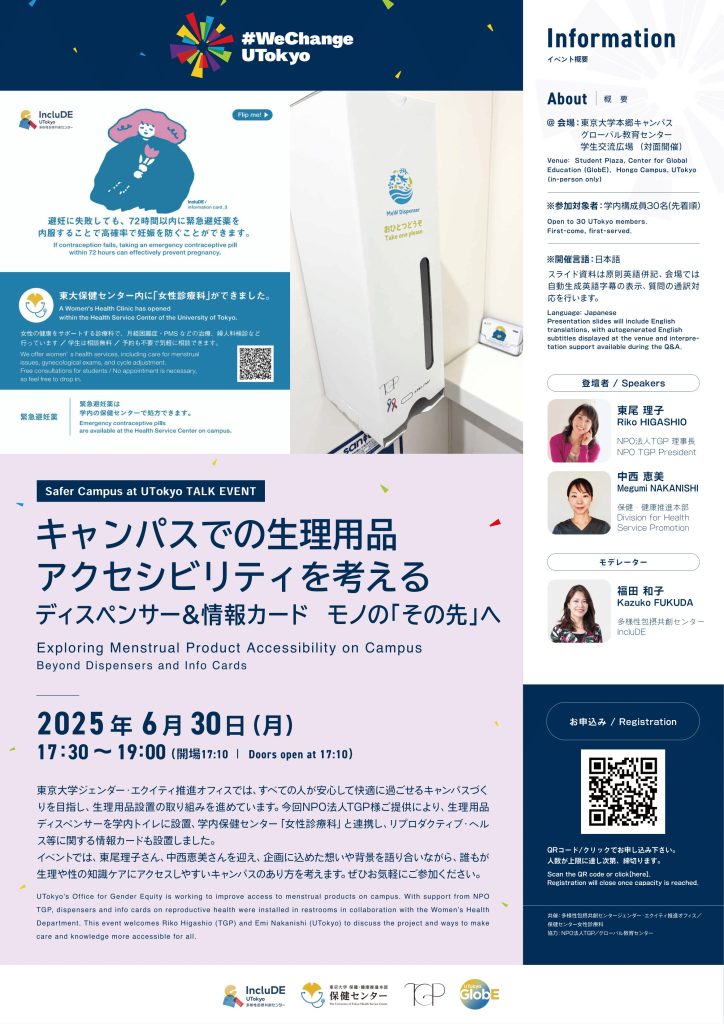On March 15, 2024, the Office for Gender Equality hosted a talk event to celebrate International Women’s Day (March 8). Four faculty members talked about the theme: “Female Researchers at UTokyo – Why So Few?”
At the beginning, Mariko Ogawa, Deputy Director of the Office for Gender Equality, presented data on the University of Tokyo’s low ratio of female faculty members and students, which stands out compared to overseas universities.
Afterwards, Madoka Nakano, a Project Assistant Professor in the Office for Gender Equality, moderated a talk session with Hiromi Yokoyama, Professor at Kavli Institute for the Physics and Mathematics of the Universe (Kabli IPMU), who is also the author of “Why Are There Few Women in Science?” and Kentaro Maeda, Professor at the Graduate School of Public Policy, who is also the author of “Democracy Without Women”.
<<Talk session>>
What contributes to this skewed structure?
Nakano: When I tell the percentage of female faculty members and students in UTokyo to people at foreign universities, they are surprised and say, “The percentage is only in the sciences, right?” or “Not only faculty but even undergraduates?” While there is a common problem in the sciences and upper-level positions overseas, in Japan, it is male dominated in the humanities as well, and UTokyo has a low ratio of female undergraduates. What do you think is the problem?
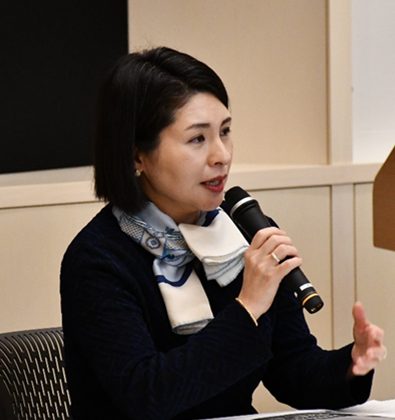
Yokoyama: First, there is a strong stereotype that females are not good at mathematics which is the basic ability for all STEM fields. This is very troublesome in the STEM fields, and this must be changed.
Many researchers do not believe that there is a difference in scientific ability between females and males. However, the stereotype that boys are better at math starts at age five or six and is particularly strong in Japan, so we need to reject the stereotype from the stage of elementary education and encourage students to continue studying math and science.
In addition to this, a deep-seated discriminatory social climate, in which academic excellence is praised only in male, but not in female, affects the image of males in the sciences.
Maeda: I am from a social science background, and I came to write, “Democracy without Women” because I wondered why there were so many female researchers in foreign academia while the Japanese academia was dominated by men. What I have come to feel in this process is that my field has become attached to a masculine image. For example, I am ashamed to say, but there are no political science courses in Faculty of Law at UTokyo in which students can learn about gender. Gender studies is an area pioneered by female scholars, but it seems that in all fields including political science, there is a structure in which women’s achievements are easily ignored.
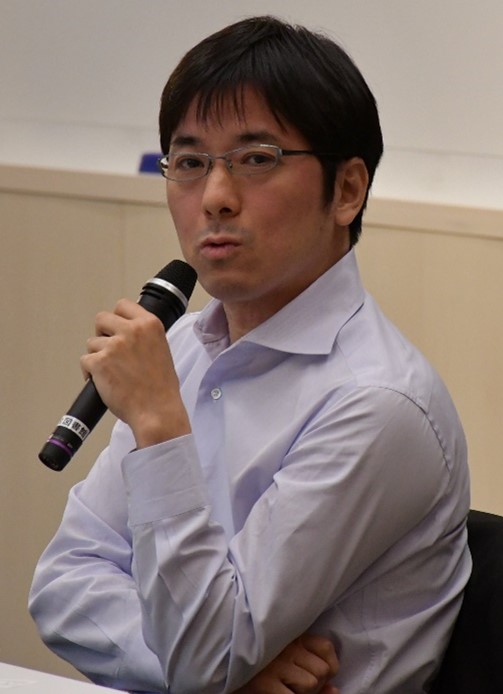
Ogawa: In a survey conducted by the Office for Gender Equality, graduate students and others have voiced concerns about the boys’ school culture and lack of female role models.
The negative effects of the exclusion of females
Nakano: At a symposium at another university the other day, a speaker said, “There is no need to raise reasons for the need for diversity [in universities]”. I agree with the remark to a certain extent, but what do you think of the impact of the lack of female researchers?
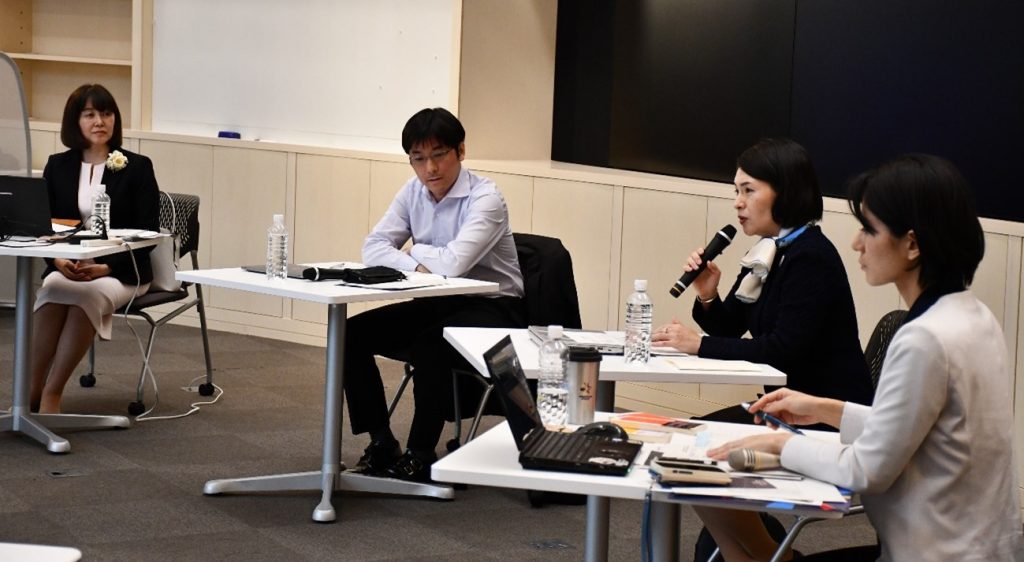
Yokoyama: I believe that the social structure in which females are excluded even if they want to study science is a human rights issue. Even if there are no reason, it should be improved. In addition, because there have been few female researchers in the sciences and technology, research and development is often conducted according to male standards, and it has been pointed out that drugs and seat belts developed for males are harmful to females. It’s called that “gendered innovation”, and it is expected to become a huge market.
Maeda: I think it is good for academia to have more diverse perspectives. For example, it was female researchers who pioneered the study of gender and politics while male scholars remained mostly silent. If politics is a quest for the public interest, the goal is impossible to achieve it if only a narrow set of people are involved in discussions about how to create a better society.
How to increase the number of female researchers
Nakano: In terms of how to increase the number of female researchers, what do you think about positive actions such as women-only open recruitment?
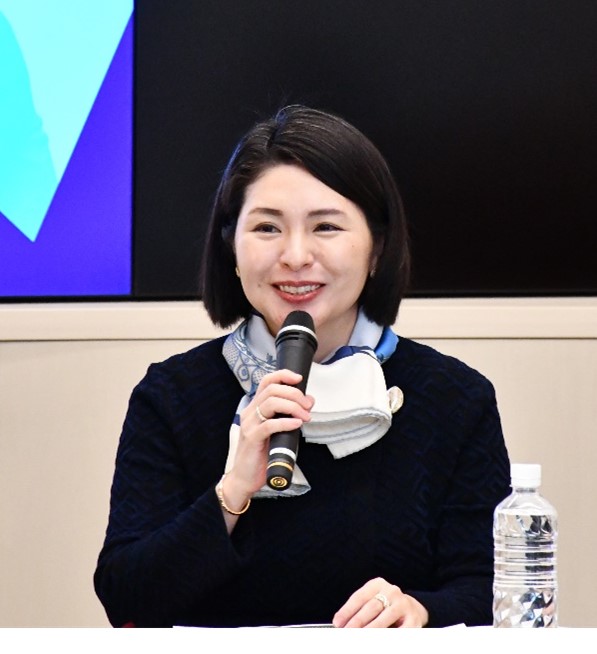
Yokoyama: I hope women-only open recruitment will disappear in the future, but when it comes to general open recruitment, female researchers tend not to apply because they think it’s not for them. In some fields, I have heard that joint research is often decided at drinking parties where no females are present. Under the current circumstances, there are still many disadvantages on the females’ side and improvements are needed. My home institute Kavli IPMU does not have an women-only open recruitment. But, when we announce an open recruitment, we send out a message to the world and at the same time, we also actively call on individual applicants including many females, and there are always several female candidates among the applicants. Women-only recruitment has opposite effects. Some faculty members think that if they only hire women in the “women-only open recruitment”, they need not have to hire female researchers in the general quota. That’s no progress and we need to be careful to avoid stigmatizing employed female researchers.
Maeda: After listening to Dr. Yokoyama’s talk, I got the impression that science majors are actually doing it right by making the recruiting process public. In the humanities and social science, recruitment happens often based on personal connections, and the opportunity to make those connections is often at drinking parties. On the issue of quotas, the conventional wisdom in political science is that it is desirable to have candidate quotas in elections but not reserved seats. If we apply this idea to academia, this means that in the hiring of professors, it is important to be able to properly include women in the pool of candidates, even if you don’t have a women-only open recruitment process. Either way, if the departments had increased the number of women properly, they would not have had to hold the women-only open recruitment to begin with.
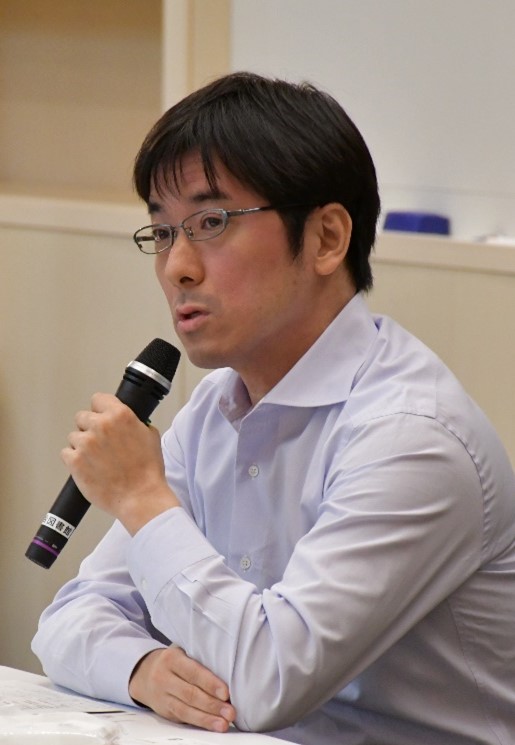
Ogawa: In 2022, UTokyo was selected by the Ministry of Education, Culture, Sports, Science and Technology (MEXT) for the “Initiative for Realizing Diversity in Research Environments (Development of Female Leadership)”. Under the leadership of Teruo Fujii, President of UTokyo and Kori Hayashi, Executive Vice President, we have named this project “UTokyo Gender Equity Initiative #WeChange” (hereafter referred to as “#WeChange”), and we have expressed our commitment to promoting gender equity throughout the UTokyo. In #WeChange, we are also implementing various support measures to accelerate the employment of female researchers, such as providing support for employment expenses for female researchers.
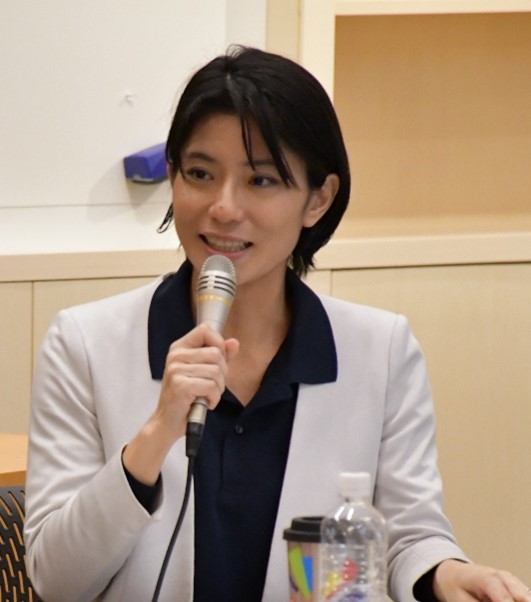
Nakano: It is not enough to just conduct women-only open recruitment, but it is also necessary to improve an environment, right?
Yokoyama: Previously, we advised the faculty members involved in the hiring process to take the IAT (Implicit Association Test). It measures individual unconscious bias levels. We also received advice from one of the Max Planck Institutes directors in Germany and check whether the female ratio had decreased when the long list of candidates was narrowed down to a short list, and whether there were always females among the final candidates. In these days, this has already become the culture of the organization. We must take action, right from the stage of finding candidates. Then, even after hiring, we need to do a combination of things, such as holding a “Women’s Lunch” once a week.
Maeda: I think it is also important to consider how to make it easier to balance childcare and research. Since becoming a parent a few years ago, I’ve noticed that the structure of teaching and university administration do not accommodate those with childcare responsibilities. It reflects the fact that most people in our faculty are not involved in childcare. It would be better if our university was run on the premise that there were people involved in childcare. When it comes to balancing research, teaching, and childcare under the current conditions, research is going to be given the lowest priority.
Nakano: If those are young people, it will have a great impact on their career development.
Ogawa: I would like to introduce some of the measures of #WeChange, a new initiative of the UTokyo as I mentioned earlier. #WeChange has three targets. Target I is to change the awareness of all members of UTokyo, Target II is to support the career development of female researchers, and based on these targets, Targets III is to achieve an accelerated increase in the number of female faculty members. Since the understanding of all members of UTokyo is indispensable for reform to be realized at UTokyo, we have set awareness reform as our first target. The online training program on gender equity for all faculty and staff members was conducted in AY2023 on the topic of gender bias. Additionally, an “Unconscious Bias Check Sheet” for Candidate Evaluation was distributed to each school. The target II is to provide seamless support the career development of female researchers. In addition to expanding the skill development support for young female researchers, which has been implemented in the past, the “Writing Challenge” for young faculty members, both male and female, and the training course on executive-level skills for university management were implemented for trial in AY2023, and will be implemented in AY2024. Target III is to increase the number of female faculty members, as I explained earlier. These support measures are being implemented based on the “Five-Year Plan at school level” formulated by each school in AY2021. We are also sharing information through ongoing meetings for the exchange of opinions, consisting of members of the executive school members of each school and institutes.
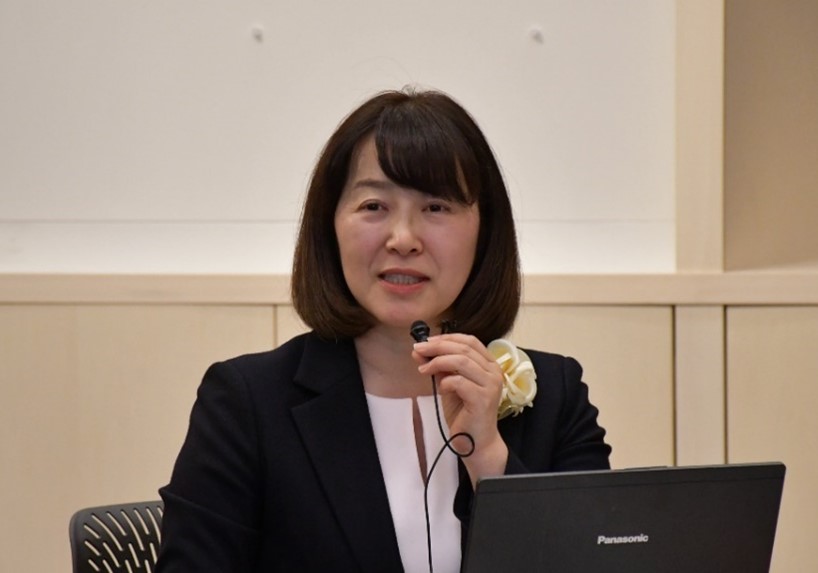
As an overseas case study, we will also introduce the efforts of Harvard University. In 2005, Harvard University established a task force within the university to encourage the promotion of female faculty members to higher positions in STEM fields, and a faculty development and diversity promotion organization was established. A Provost position has been created to head this organization, and female has been appointed to this position. The ratio of faculty members is divided into categories, and data on race, gender, etc. is compiled and published on the university website annually. In foreign universities, such data is published firmly. Visualizing data in this way and understanding the current situation is very important to ensure the transparency of the university. UTokyo is also promoting the visualization of data on the activities of researchers by gender. We will continue to implement various measures under the motto of “We Change”.
※The video of this talk event (Only in Japanese) is available on Todai TV until May 10th, 2024.
https://tv.he.u-tokyo.ac.jp/course_12130/
